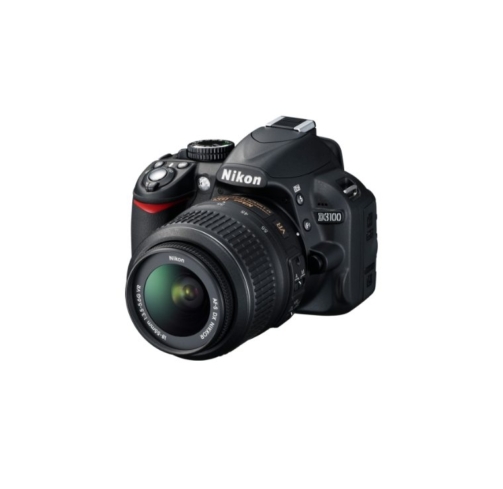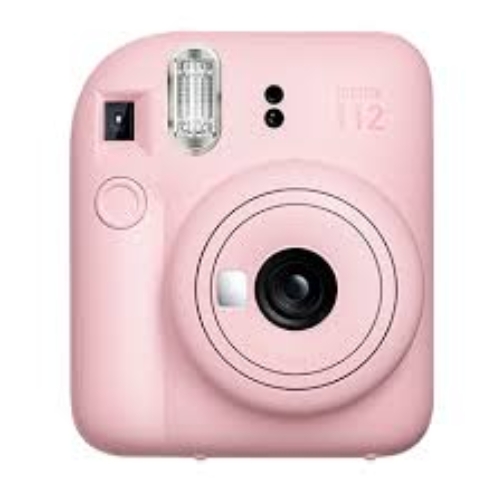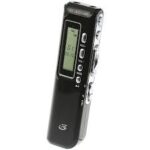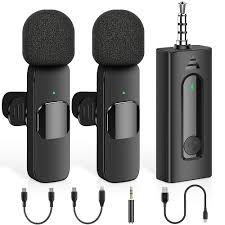Portable Voice Recorders
$400.00
Microphones are essential tools for recording, broadcasting, live performances, and communication. Depending on their design and functionality, microphones can be classified into different types, each serving a specific purpose. Here’s a breakdown of the most common types: Lavalier, Condenser, Dynamic, and Wireless microphones.
- Compact & Lightweight – Easily clips onto clothing for a discreet look.
- Omnidirectional Pickup Pattern – Captures sound from all directions, making it ideal for interviews and public speaking.
- Wired & Wireless Options – Available in both wired (3.5mm, XLR) and wireless (Bluetooth, RF) models.
- Great for Video Production – Used in vlogging, filmmaking, and professional presentations.
- Rode SmartLav+ – Great for smartphones and professional video recording.
- Shure MVL – A high-quality lapel mic for clear audio recording.
- Sennheiser EW 112P G4 – A professional wireless lavalier system.
- High Sensitivity & Detail – Picks up subtle nuances in vocals and instruments.
- Wide Frequency Response – Captures everything from deep bass to crisp highs.
- Requires Phantom Power – Typically needs XLR interfaces or USB power.
- Cardioid, Omni, & Bi-directional Patterns – Choose based on your recording environment.
- Audio-Technica AT2020 – A budget-friendly, high-quality XLR condenser mic.
- Neumann TLM 103 – A professional-grade studio mic for vocals and instruments.
- Rode NT1-A – A great choice for voiceover artists and musicians.
- Durable & Reliable – Withstands rough handling, making it perfect for live performances.
- Handles High SPL – Great for loud vocals, drums, and amplifiers.
- Less Sensitive to Background Noise – Works well in noisy environments.
- No Need for Phantom Power – Plug-and-play functionality with XLR or 1/4-inch jacks.
- Shure SM58 – The industry standard for live vocals and performances.
- Shure SM7B – A top-tier choice for professional podcasting and broadcasting.
- Electro-Voice RE20 – Widely used in radio and voiceover work.
- No Cables Required – Uses RF (Radio Frequency) or Bluetooth for wireless transmission.
- Freedom to Move – Ideal for stage performers, speakers, and videographers.
- Multiple Frequency Channels – Reduces interference and improves signal reliability.
- Rechargeable Batteries – Many modern wireless mics use USB-C charging or AA batteries.
- Sennheiser EW 135P G4 – A top-tier wireless handheld mic system.
- Shure BLX24/SM58 – Combines legendary SM58 quality with wireless flexibility.
- Rode Wireless GO II – A compact wireless mic perfect for content creators.
Microphones: A Comprehensive Guide to Lavalier, Condenser, Dynamic, and Wireless Mics
Microphones are essential tools for recording, broadcasting, live performances, and communication. Depending on their design and functionality, microphones can be classified into different types, each serving a specific purpose. Here’s a breakdown of the most common types: Lavalier, Condenser, Dynamic, and Wireless microphones.
1. Lavalier Microphones (Clip-On Mics)
🎤 Best for: Public speaking, interviews, video recording, presentations
Lavalier microphones, also called lapel mics, are small, clip-on microphones designed for hands-free use. They are commonly used by presenters, vloggers, and news anchors because they allow free movement while delivering clear audio.
✅ Key Features & Benefits
🔥 Popular Lavalier Microphones:
2. Condenser Microphones
🎤 Best for: Studio recording, podcasting, voiceovers, vocals, ASMR
Condenser microphones are known for their high sensitivity and superior sound clarity, making them the preferred choice for studio recordings. They require phantom power (48V) to operate and capture a wider frequency range than dynamic mics.
✅ Key Features & Benefits
🔥 Popular Condenser Microphones:
3. Dynamic Microphones
🎤 Best for: Live performances, broadcasting, podcasting, instrument recording
Dynamic microphones are rugged and versatile, ideal for live stage performances and broadcasting. Unlike condenser mics, they don’t require phantom power and can handle high sound pressure levels (SPL) without distortion.
✅ Key Features & Benefits
🔥 Popular Dynamic Microphones:
4. Wireless Microphones
🎤 Best for: Live performances, events, public speaking, content creation
Wireless microphones offer freedom of movement without being tethered by cables. They are commonly used in concerts, presentations, fitness classes, and video production.
✅ Key Features & Benefits
🔥 Popular Wireless Microphones:
Choosing the Right Microphone
| Microphone Type | Best For | Pros | Cons |
|---|---|---|---|
| Lavalier Mic | Interviews, presentations, video recording | Hands-free, discreet, portable | Picks up background noise, limited range |
| Condenser Mic | Studio vocals, podcasting, instruments | High sensitivity, rich sound quality | Requires power, fragile, picks up room noise |
| Dynamic Mic | Live performances, broadcasting, loud environments | Durable, less sensitive to noise | Lower detail in sound compared to condenser mics |
| Wireless Mic | Live events, fitness coaching, public speaking | No cables, great mobility | Battery life, potential signal interference |
Conclusion
Microphones play a crucial role in recording, broadcasting, and live sound applications. Whether you need a lavalier mic for video recording, a condenser mic for studio vocals, a dynamic mic for stage performances, or a wireless mic for presentations, choosing the right microphone will greatly enhance your audio quality.
If you’re looking for studio-quality recordings, go for a condenser mic. If you need durability and reliability for live events, a dynamic or wireless mic will be a great choice.
Related Products








Reviews
There are no reviews yet.